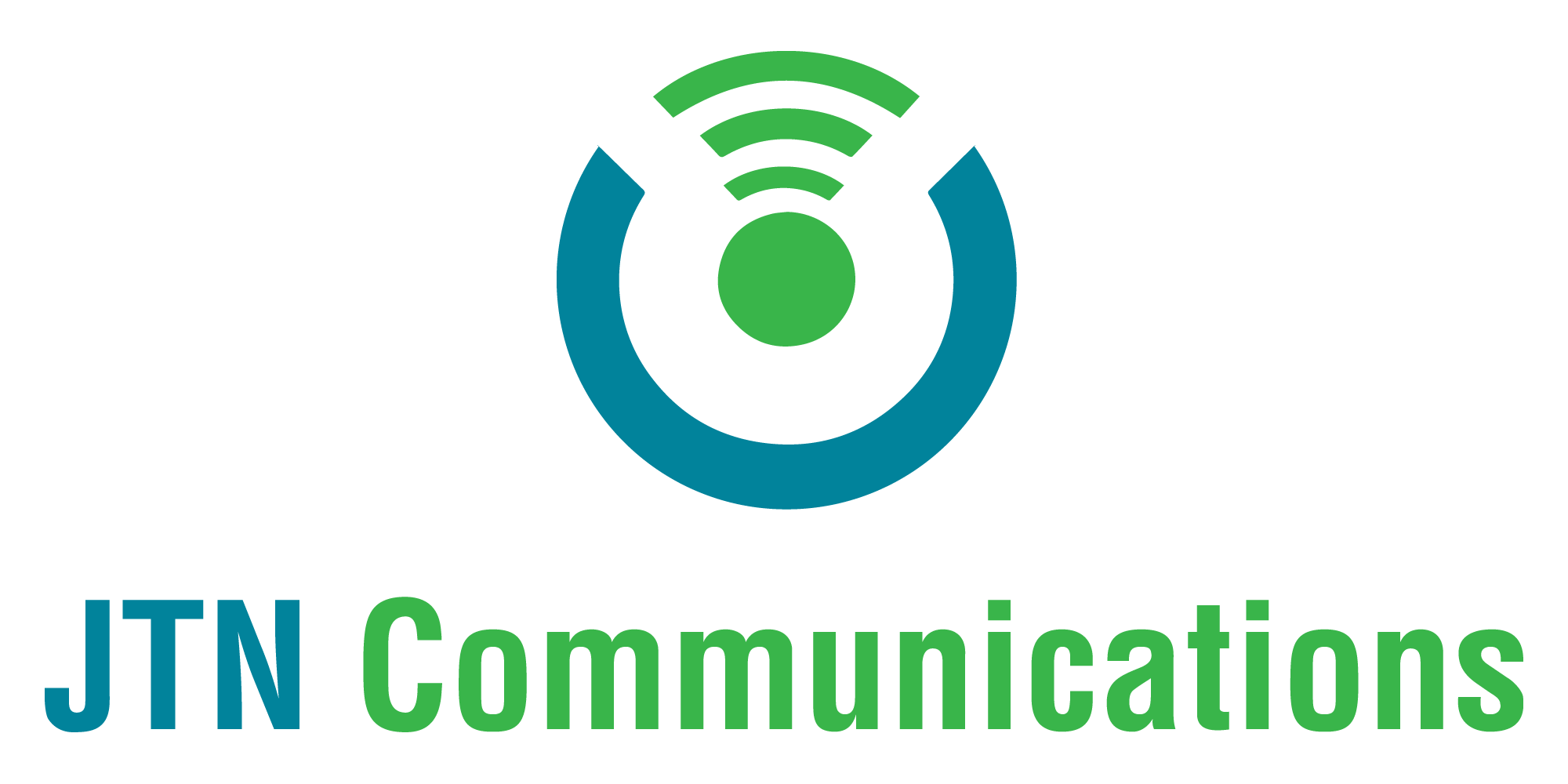You use the internet daily. Have you ever asked the fundamental question of how it works and where it goes?
The main takeaway from this is that the internet isn’t centralized. The internet is a collection of networks that are interconnected to one another to share resources among users. The internet is a sprawling collection of spontaneous organization by private users and public agencies. There are facets that are controlled by centralized authorities but there is no government oversight regulating the overall fabric that makes the internet work.
When you first sit down at your computer or look at your phone your first and most noticeable interaction is with your local connection to your home network. One function of a router is to take all of the devices in your home and make them appear as one public IP address. The internet wasn’t designed to work in this way. Originally, every device was supposed to have a unique IP address for easy communication between any two on the internet. We have since then run out of public IP addresses and are transitioning to IPv6 which will allow individual addresses for every device (and enough for every atom in the universe if we need it). This is a process called NAT (network address translation) and it’s one reason that you need a router to connect all of your devices to the internet.
Once you have connected your device to your router wirelessly or wired you’ll likely open a web browser and type in a domain to visit. A domain allows us a name to remember instead of the IP address of the server we’re trying to communicate with. It’s a lot easier to remember google.com instead of 64.233.160.1 isn’t it? This is called DNS (domain name system) and it is responsible for translating the name you use in to the IP addresses that the server is located at.
So now that you’ve arrived at your search page and received results you might ask yourself how those websites got to your computer. What physical path did they take? In the case of JTN your data is traversing wirelessly to a ground-based tower which interconnects within our local infrastructure to reach back out to a fiber transport connection. In our case, we have two physically redundant paths so that if one line is cut the other can take over. This path goes out to a datacenter which is a building where other service providers, CDN’s, DNS services, servers, and a whole host of other information is kept and distributed among the different interconnected networks. These datacenters are interconnected via specialized long-haul fiber optic links specifically dedicated to transit between these locations. Datacenters overseas communicate with us along undersea fiber optic cables that are hardened against the elements with incredibly powerful optics to push light at thousands of miles with minimal latency. Your search for a British tabloid in the mid-2000’s might have gone from Farmington, to Eagan, to Minneapolis, to Chicago, to New York, to Dublin, to London where it would retrieve the page and run a return path back to you. Nowadays with CDN’s and localized distribution at the edge your tabloid might be hosted on one of the large cloud networks with presence in every major metropolitan datacenter in the world. This shaves significant latency off the journey to access your content and means you no longer need to reach out past Chicago and maybe Minneapolis depending on what you’re accessing.
Your data doesn’t always take the same path, either. Depending on the health of major transit providers your request could go to Chicago one time and Des Moines the next before going on to New York. The path your data moves along depends on a variety of factors such as network congestion at the datacenter, maintenance, hardware resource availability, network load balancing, and algorithms used to more efficiently route traffic.
So, what makes JTN so awesome? We have redundant low-latency transport connections back to a datacenter with blended transit using three of the largest carriers on the internet so there is always a good path out to the internet. We’re very close to the regional edge which means content that is delivered locally on CDN’s or cloud infrastructure from that of Amazon, Azure, Akamai etc. is readily available.
Part two exploring more details behind this topic in the near future…
